




Shopify to Shopline
Migrating your store from Shopify to Shopline might seem daunting, but with proper planning and the right tools, it's a smooth process. Follow this step-by-step guide to ensure a successful transition.
Schedule a call
Step-by-Step Migration Guide: Shopify to Shopline migration guide
Step 1: Pre-Migration Assessment
In this initial step, you will conduct a thorough analysis of your current Shopify store to identify all data types and create a tailored migration plan for your business needs.
Step 2: Data Backup and Preparation
In this step, you will secure all data from your Shopify store by creating comprehensive backups. This ensures data integrity and provides a safety net in case of migration issues.
Step 3: Setting Up Your Shopline Store
In this step, you will create your new Shopline store, configuring essential settings and ensuring the platform is ready to receive your migrated data.
Step 4: Data Migration Process
This step is the actual migration, where you will transfer your prepared data from Shopify to Shopline using secure methods to ensure data integrity.
Step 5: Post-Migration Data Verification
After migration, you must conduct a detailed verification of all transferred data to ensure accuracy and completeness before going live.
Step 6: Final Launch and Go Live
In this final step, you will prepare your Shopline store for the public launch, ensuring everything is in place for your customers to start shopping.
Step 7: Post-Launch Support and Optimization
After the launch, focus on ongoing support and optimization to ensure your new Shopline store continues to perform well and meet your business goals.
Ready to Start? We're Here to Help.
You have the steps to migrate your store. Should you prefer our expert assistance, our team at PowerCommerce is ready to ensure your success.
Step 1: Pre-Migration Assessment
Before initiating the migration process from Shopify to Shopline, you should undertake a comprehensive pre-migration assessment. This step is crucial for understanding the scope of the migration and ensuring that all relevant data is appropriately accounted for. During this stage, you should focus on several key objectives:
Firstly, examine the current structure of your Shopify store, identifying essential data types such as products, customers, orders, and related content. This involves:
- Data Inventory: Listing all your current data entities, including product details, customer information, order history, blog posts, and any media files.
- Compatibility Check: Assessing which data can be directly migrated to Shopline and identifying any potential limitations or necessary transformations.
- Data Mapping: Developing a mapping strategy that defines how data fields from Shopify correspond to those in Shopline. This step is essential to maintain data integrity during the migration.
Technical considerations during this phase include ensuring that all your data is backed up securely, establishing the necessary access permissions for both platforms, and preparing any tools or plugins that will facilitate the migration. Best practices recommend conducting this assessment during off-peak hours to minimize disruptions to your ongoing operations.
Finally, you will compile your findings into a detailed migration plan that outlines the necessary steps, timelines, and resources required for the migration, ensuring you are prepared for the upcoming process.
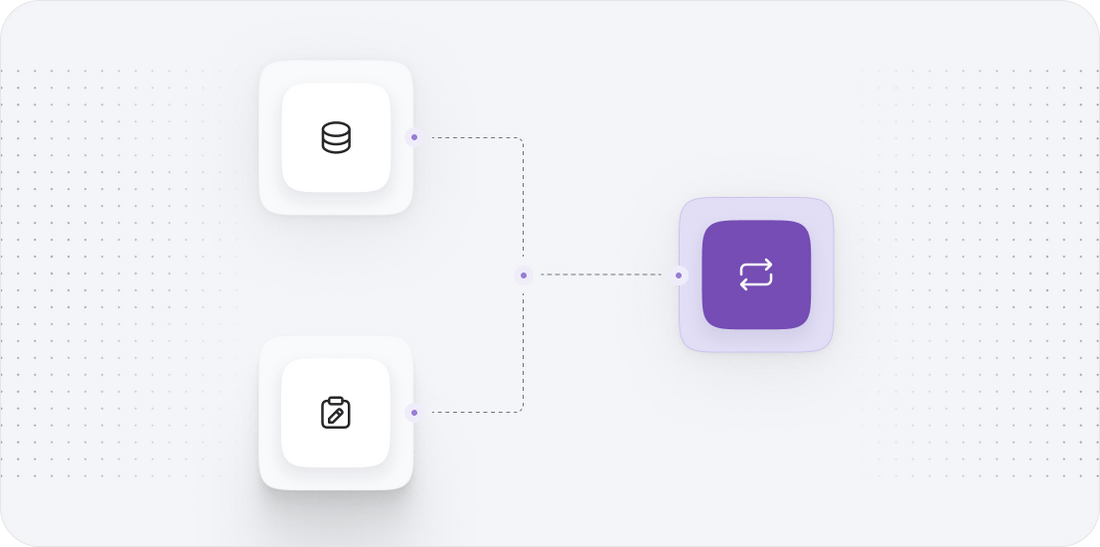
Step 2: Data Backup and Preparation
Once your pre-migration assessment is complete, the next crucial step is to perform a thorough backup of all your Shopify store data. This process is essential to safeguard against any data loss during migration. You will need to take the following actions:
- Full Data Backup: Utilize Shopify's built-in tools or third-party applications to export all essential data, including product information, customer lists, order history, and blog posts. Save each data type in a secure format such as CSV or JSON.
- Media Files Backup: Ensure that all associated media files, such as product images and logo files, are downloaded and securely stored. This step is vital for retaining the visual elements of your store on the new Shopline platform.
- Configuration Settings Backup: Capture settings related to payment gateways, shipping options, and store preferences to streamline the setup on the Shopline platform.
It's important to use reliable storage solutions for your backups, such as cloud storage, to ensure easy access and retrieval during the migration. It is also recommended to verify the integrity of the backups by checking file formats and completeness.
Additionally, create a checklist to ensure all data categories are accounted for. This will help you maintain organization and efficiency as you transition to the next steps of the migration.
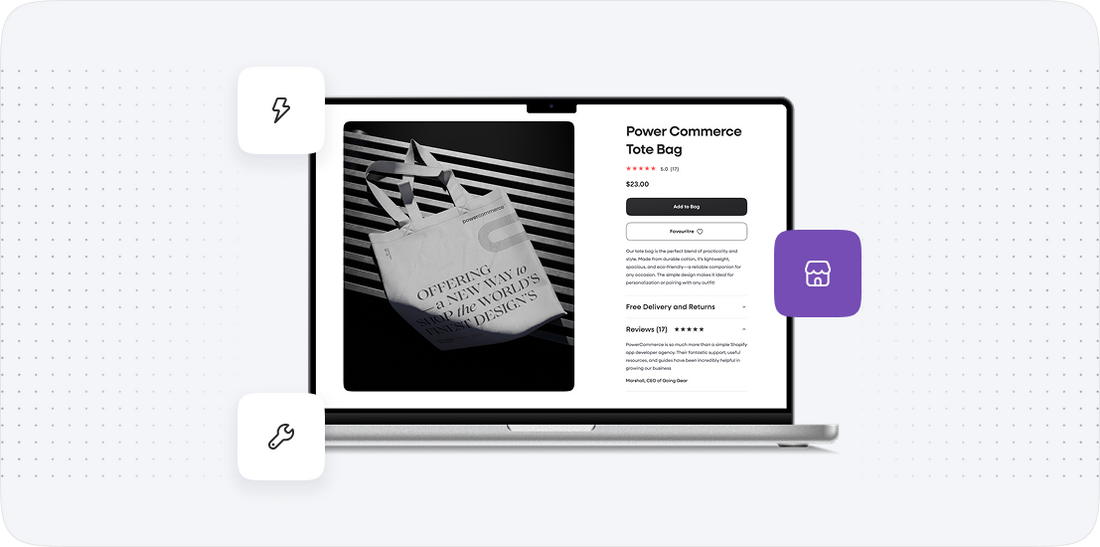
Step 3: Setting Up Your Shopline Store
With your data securely backed up, you can proceed to set up your new Shopline store. This step is crucial as it involves configuring the store environment to align with your business needs. The following actions should be undertaken:
- Account Creation: Create your Shopline account and select a suitable plan that meets your business requirements.
- Store Configuration: Establish essential settings such as your currency, payment gateways, shipping methods, and tax configurations. Ensure you are in compliance with local regulations and optimize settings for the best customer experience.
- Theming and Customization: Select a theme that reflects your brand identity and customize it to enhance the user experience. This includes adjusting layout options, color schemes, and incorporating your logo and branding materials.
Technical considerations during this phase include ensuring that all configurations are correctly set up to avoid issues during data migration. Conduct a thorough review of all settings and test them where applicable.
Once the store is configured and customized, document all your settings to facilitate a smooth transition during the data migration process.
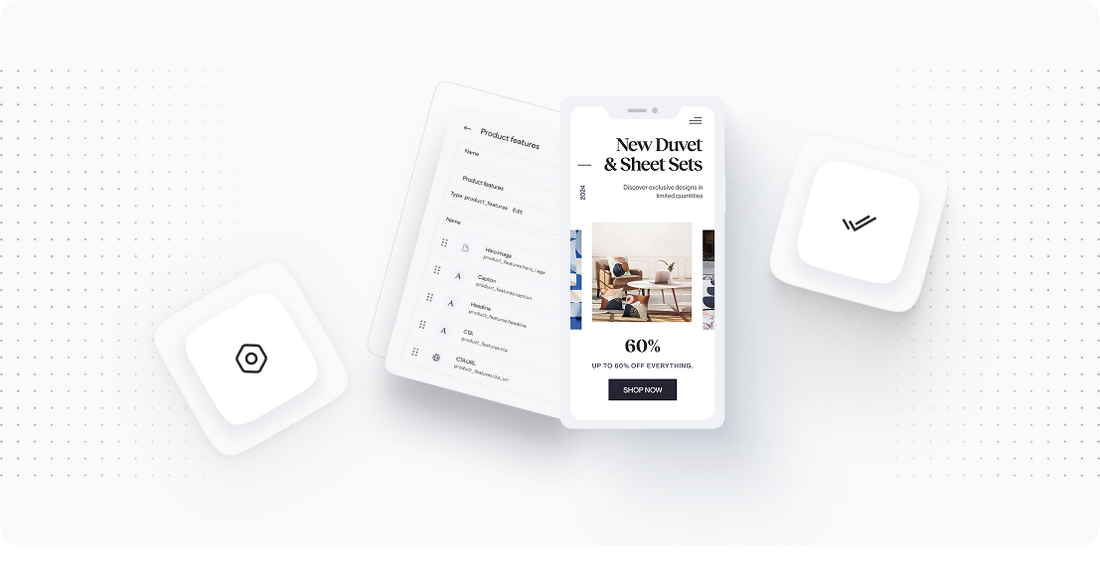
Step 4: Data Migration Process
Now that your Shopline store is set up and ready, you can proceed with the actual data migration from Shopify. This phase is critical as it involves transferring large volumes of data while ensuring accuracy and integrity. Follow these steps:
- Data Import Tools: Utilize Shopline's built-in data import tools or other specialized migration services to transfer information from Shopify efficiently. These tools help streamline the process and minimize manual entry errors.
- Field Mapping: During the data transfer, ensure that each Shopify data field correctly corresponds to its Shopline counterpart as you previously mapped during the pre-migration assessment. This ensures data integrity.
- Testing the Migration: Prior to executing a full migration, perform a test migration with a small data sample. This allows you to identify any potential issues and address them before the complete data set is migrated.
Technical considerations during this step include monitoring the migration process for any errors or interruptions. Be prepared to troubleshoot any issues that may arise promptly.
Once the full migration is complete, conduct a thorough data verification process to confirm that all data has been transferred accurately and is functioning as intended.
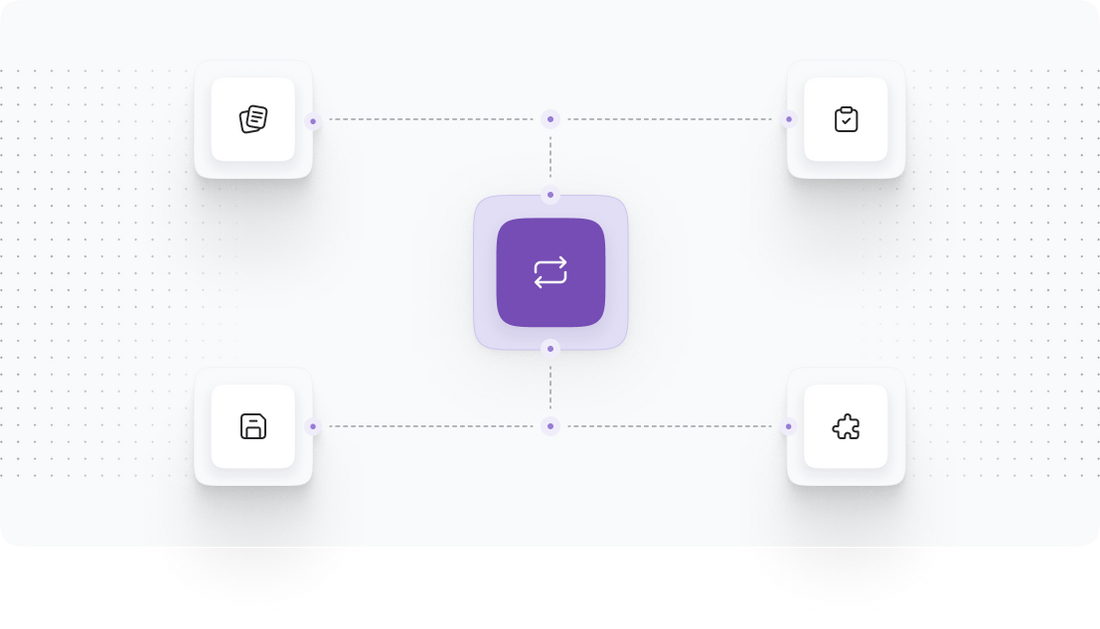
Step 5: Post-Migration Data Verification
Following the successful migration of data to Shopline, you will enter the post-migration verification phase. This step is vital to ensure that all data has been accurately transferred and functions correctly on the new platform. You should focus on the following:
- Data Integrity Checks: Perform comprehensive checks to compare the migrated data against your original Shopify data. This includes verifying product details, customer records, order histories, and any other critical data types.
- Functionality Testing: Conduct thorough testing of the store's functionalities, including the payment processing, checkout flow, and shipping calculations to ensure everything operates smoothly. Document any issues you identify for resolution.
- SEO and Redirects: Implement 301 redirects to ensure that any existing links to your Shopify store seamlessly lead to the new Shopline store, preserving your SEO rankings and customer experience.
Best practices recommend conducting this verification during a low-traffic period to minimize potential disruptions. It's also helpful to have a clear plan for addressing any issues you find during verification.
Once you confirm that all data is intact and functional, you can prepare for the final launch of your Shopline store.
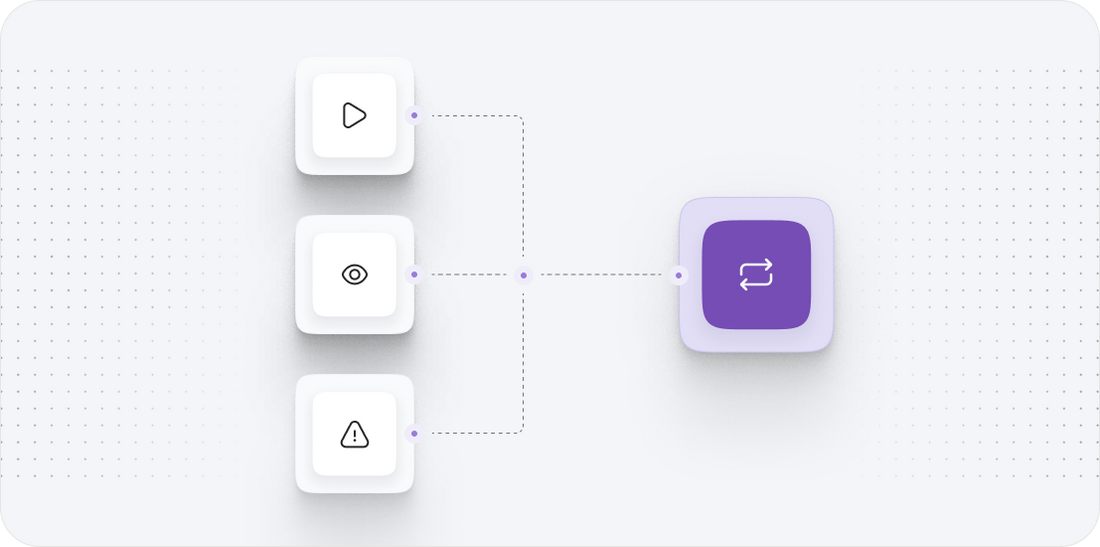
Step 6: Final Launch and Go Live
With all data verified and ready, you can now prepare your Shopline store for a public launch. This step involves several key actions to ensure that your store is fully operational and optimized for customer engagement:
- Final Adjustments: Make any necessary final adjustments based on your verification phase, ensuring that all product listings are accurate and functional. This includes reviewing product images, descriptions, and pricing.
- Marketing Setup: Configure your marketing tools and integrations, such as email marketing platforms and social media connections, to ensure a smooth promotional rollout post-launch.
- Launch Checklist: Conduct a final review using a launch checklist to confirm that all aspects of the store, including design, functionality, and customer service readiness, are in place.
Technical considerations during this phase include ensuring that the Shopline store is optimized for performance, with fast loading times and mobile responsiveness. Also, double-check all integrations, such as payment gateways and shipping services, to confirm they are operational.
Once everything is confirmed, you can schedule the launch and communicate the transition to your customer base, ensuring they are aware of the new store and any benefits associated with the move.
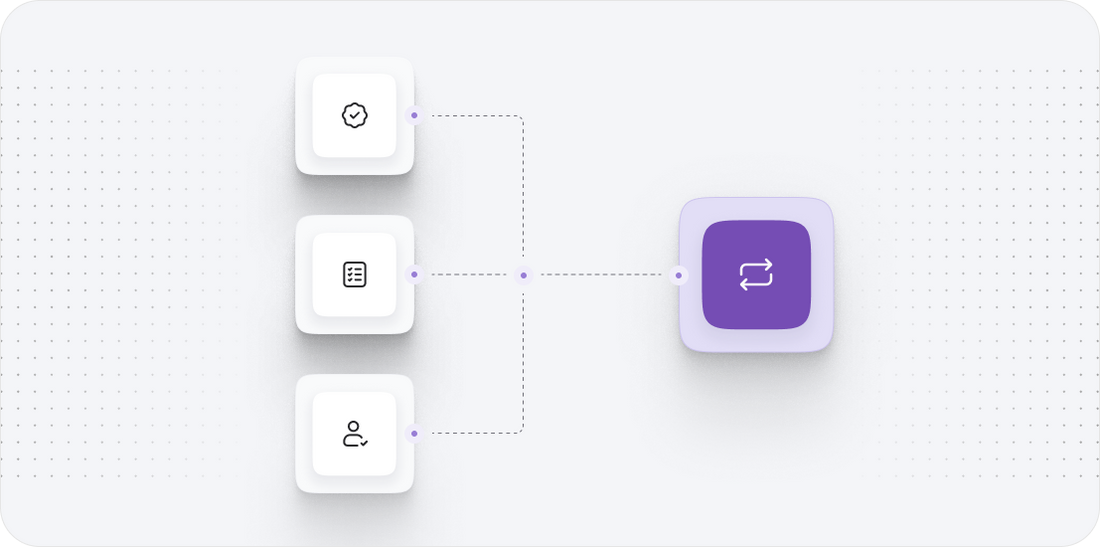
Step 7: Post-Launch Support and Optimization
After successfully launching your Shopline store, you enter the post-launch support phase. This step is crucial for maintaining the performance and efficiency of your new store as it begins to engage with customers. You should implement the following:
- Monitoring Performance: Closely monitor the store's performance metrics, including traffic, conversion rates, and customer feedback. This data will help you identify areas for improvement and optimization.
- Continuous Optimization: Based on performance data and customer interactions, implement ongoing optimization strategies. This may include adjusting product placements, refining marketing campaigns, and enhancing user experience based on feedback.
- Customer Support: Ensure that your support channels are readily available for customers encountering issues or with inquiries. Providing excellent customer service during this phase is essential for building trust and loyalty.
Technical best practices include regularly updating the store’s software, plugins, and security measures to protect against vulnerabilities. It is also recommended to conduct periodic reviews to ensure that the store remains aligned with your business objectives.
By maintaining open channels for feedback and consistently monitoring performance, you can ensure the long-term success of your new store.
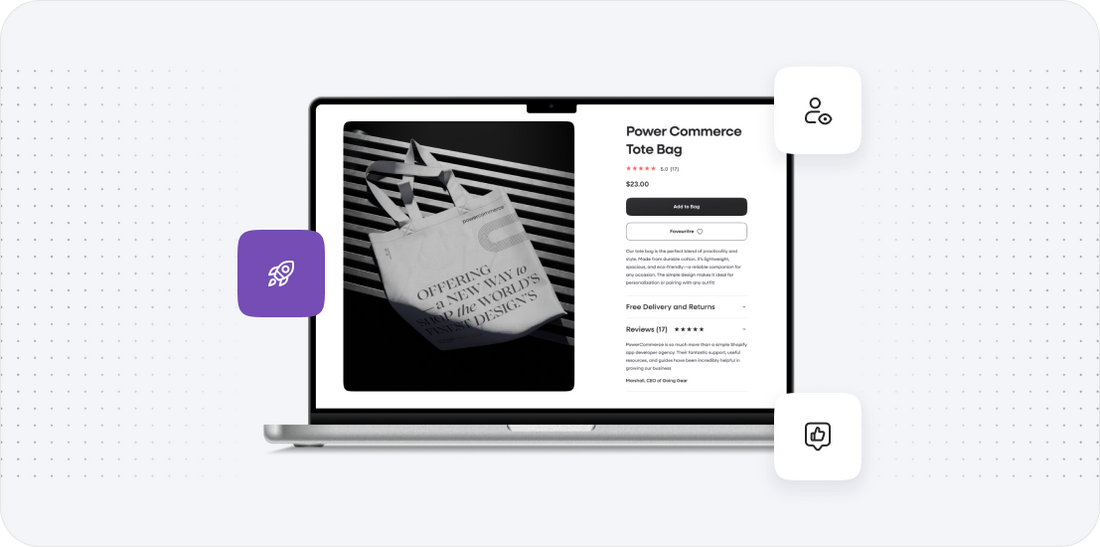
Ready to Start? We're Here to Help.
Congratulations! By following this guide, you now have a clear roadmap to migrate your ecommerce store from Shopify to Shopline. We created this guide to empower you to handle the transition yourself.
However, we at PowerCommerce understand that a migration can still be a complex and time-consuming process. If you'd rather have our expert team manage it for you, or if you get stuck at any step, remember that our specialty is ensuring a seamless transition. We are here to help you power your business growth.
Get in touch with our team directly to discuss your migration needs
Stay aligned on what's happening in the commerce world
Trusted by 1000+ innovative companies worldwide
Schedule Your Migration Today
For businesses prioritizing simplicity, scalability, and robust support, Shopify is the clear winner.
Looking to migrate without hassle? Power Commerce can handle the entire process, ensuring smooth data transfer, store setup, and post-launch success.
Marka Marulića 2, Sarajevo, 71000 BiH
00387 60 345 5801
info@powercommerce.com


